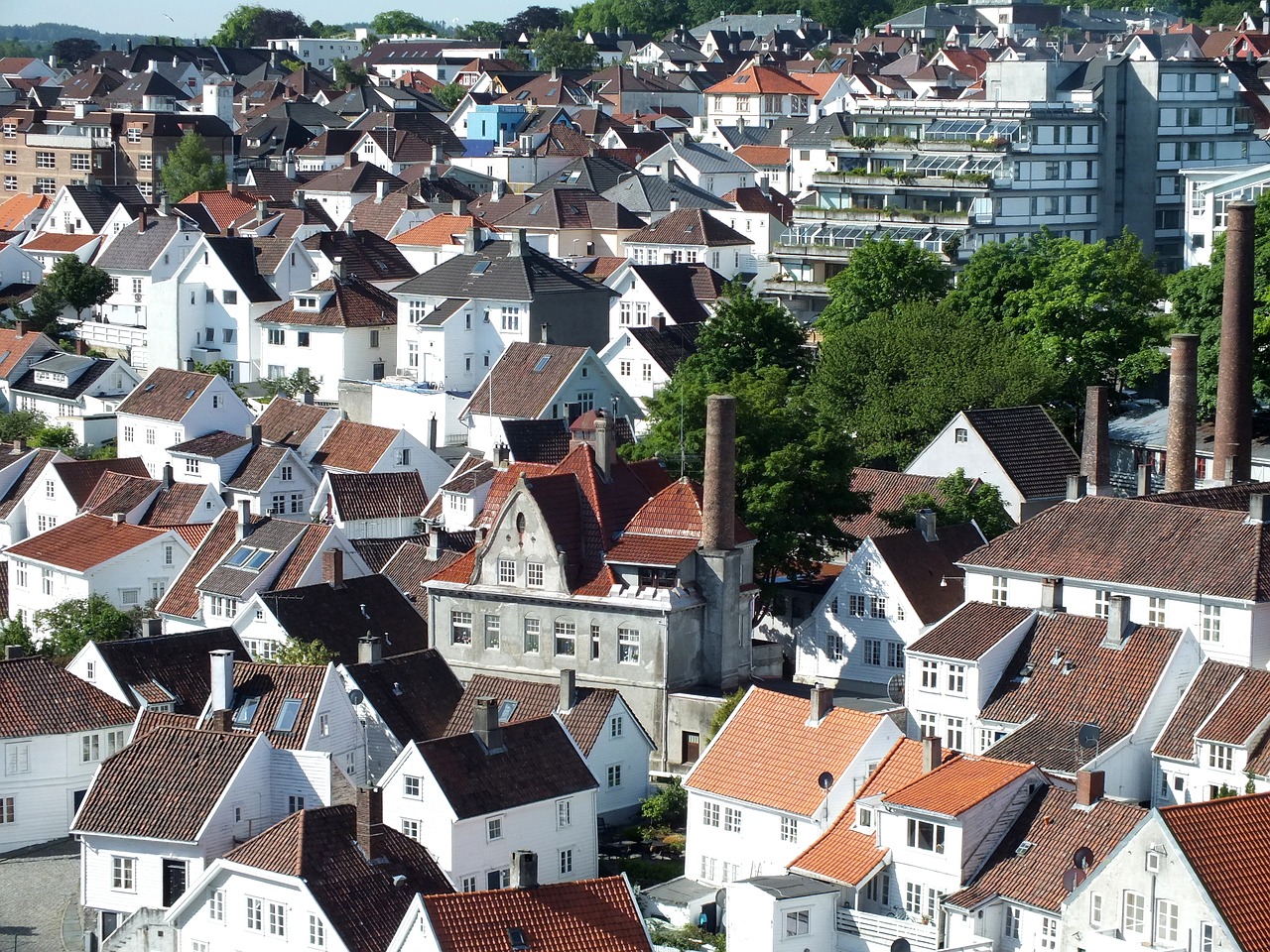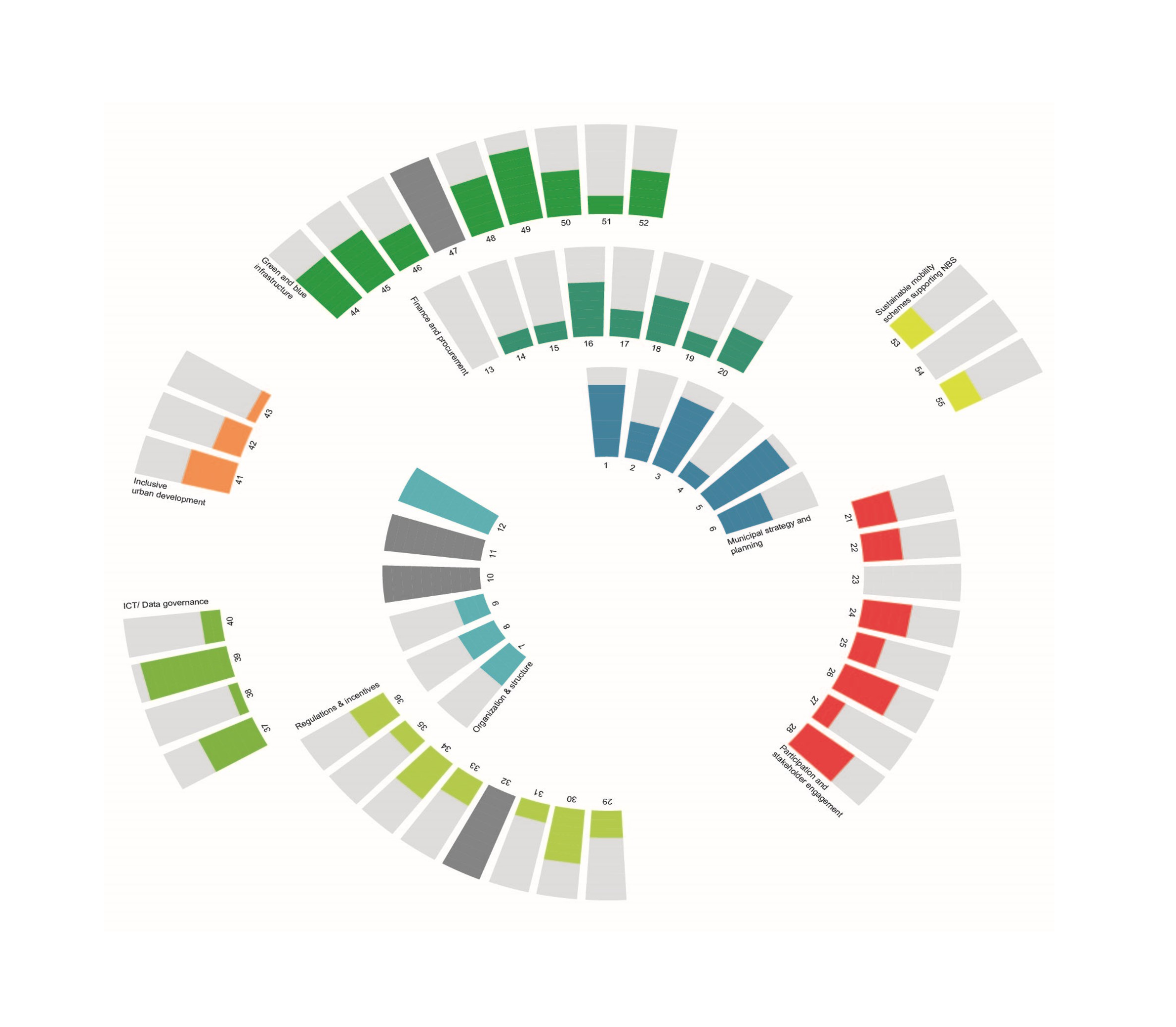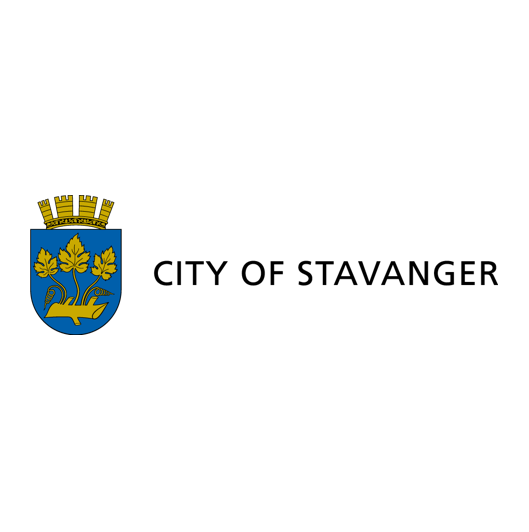About Stavanger
Stavanger is situated on a peninsula along the south-west coast of Norway. Today, 130,000 inhabitants live in Stavanger, although the greater region counts over 350,000 inhabitants, which makes it the third largest urban area in Norway.
Stavanger is a coastal town, with approximately 170 days of rain each year. Due to climate change, experts foresee an increase in rainfall, putting an increased pressure on water management to prevent flooding. Furthermore, the expected sea level rise is likely to have consequences for Stavanger on a long term. The city is already putting an increased emphasis on alternative solutions to storm water management and climate change adaptation through the use of blue-green infrastructure. However, these measures need to be further developed as part of the nature-based solutions concept.
Green solutions are an important factor in the urban planning in Stavanger. Green belts throughout the city are important both for recreation purposes, and for water and air management. Stavanger's vision for 2050 is to improve nature's integration into the city, which will provide enjoyable green areas for the inhabitants, with water features and rich biodiversity. In 2050, the city will also be resilient to flooding from the rising sea level and storm water.

Stavanger's NBS work
Ambitions, Vision & System Analysis

Ambition Setting
An ambition workshop, which included several sessions with policy makers, strategy departments and internal and external stakeholders, was held to obtain a thorough understanding of the city’s ambitions and specific contexts. The result of the ambition workshop was a set of strategic ambitions for the city.

Vision Development
The vision workshop included several sessions with internal and external stakeholders to define and visualise the desired future for the city. Building on the strategic ambitions, a vision of the desired future scenario for the city in 2050 was developed.

System Analysis
To understand the status quo as a point of departure towards achieving the city’s desired future vision, a systems assessment was conducted to assess the city’s sustainability performance and to support the development of projects to strengthen sustainability and resilience in the city. The analysis also mapped potential stakeholders to help support the roadmapping development process, as well as identified potential sites for NBS implementation.
Ambitions of Stavanger for 2050

Watch follower city Stavanger present the ambitions for the city on climate and water resilience and nature-based solutions for 2050.
Presenter: Ingerid Pegg, City of Stavanger


